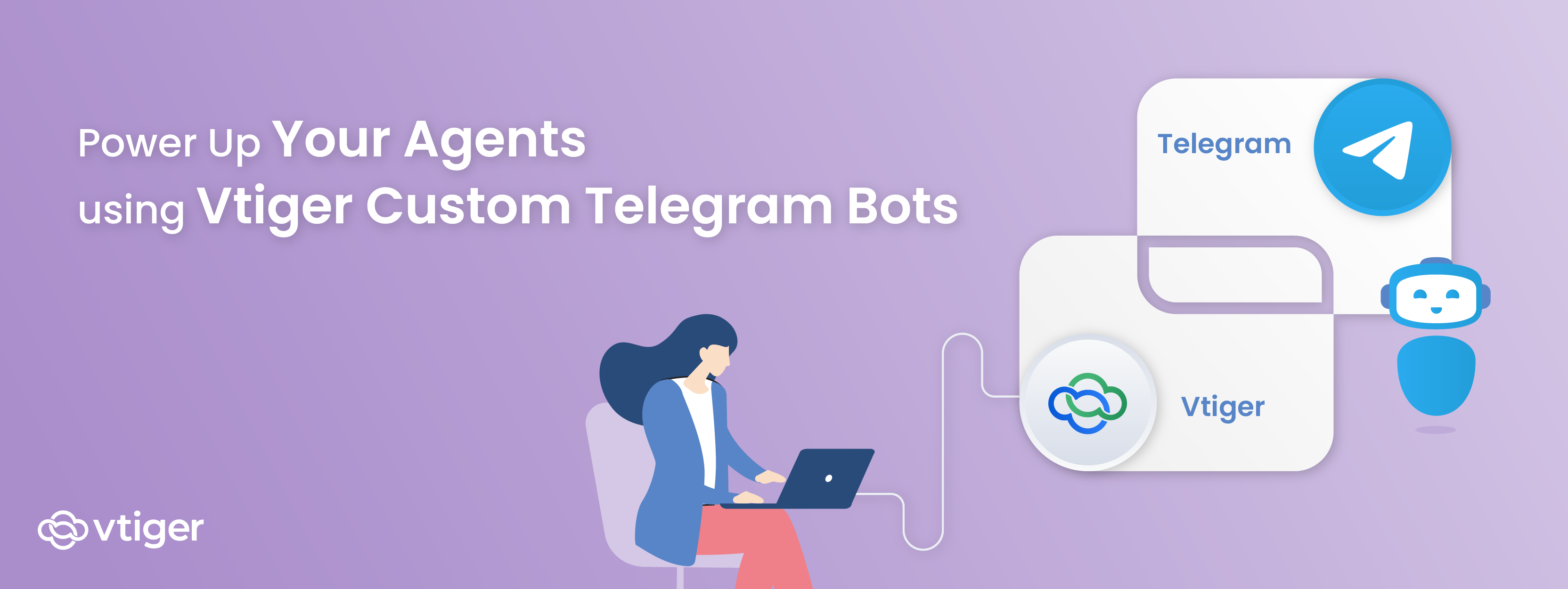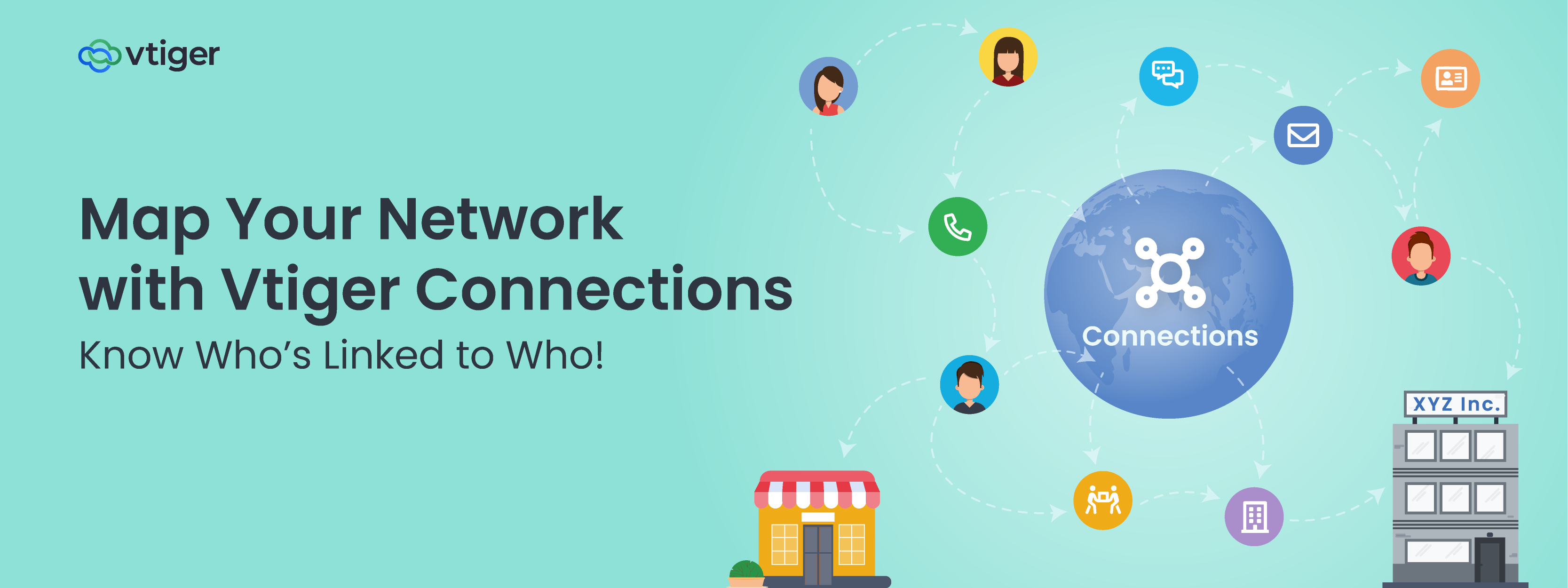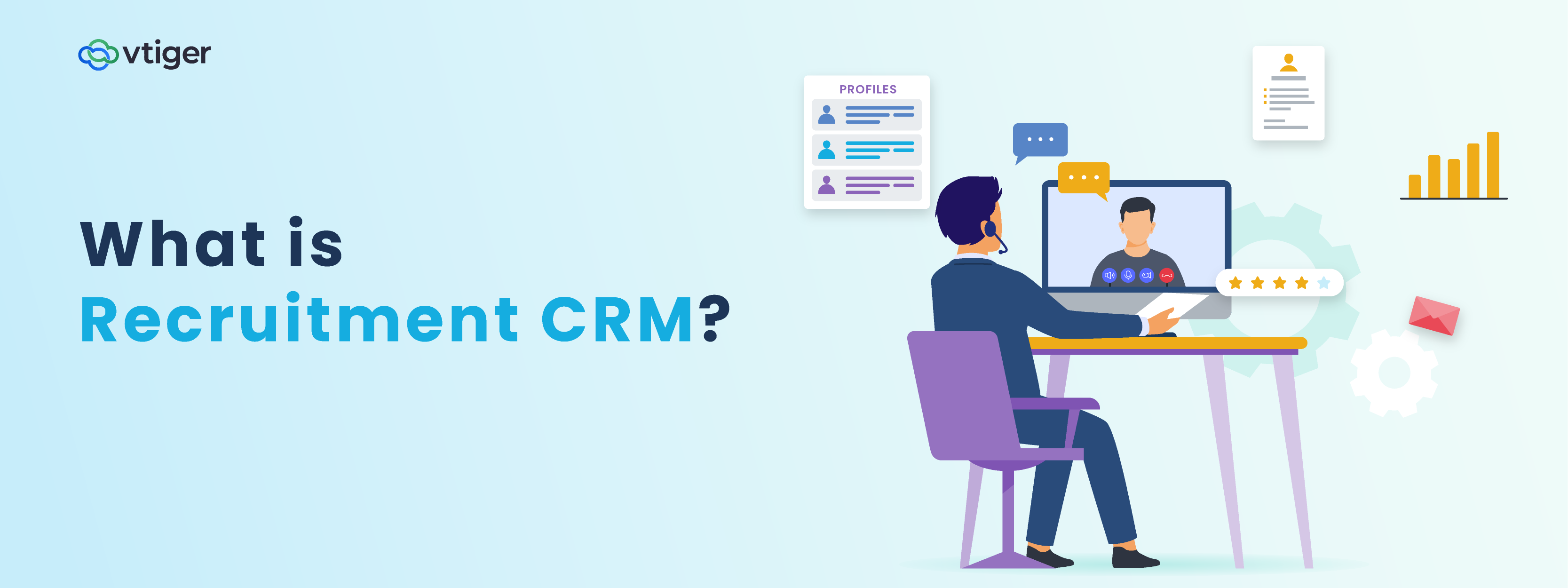Has it ever happened to you when a customer has raised an inquiry over a particular social channel like Telegram and you failed to respond because you don’t check Telegram messages and rely solely on email inquiries?
Customers today are active on diverse channels and businesses need to initiate communication over multiple platforms simultaneously to keep the conversation flowing. A strong customer engagement strategy is the key to navigating business growth which should never be compromised. And, a good strategy is incomplete without implementing conversational tools.
The benefits of conversational tools include personalized interactions, faster responses, and 24×7 availability, which is why chatbots are widely used by businesses to delight their clients. A Customer Service and Support (CSS) survey report by Gartner states that 54% of respondents use some form of chatbot, or other conversational AI platform for customer-facing applications.
And, one such introduction to streamlining customer communication is Telegram Bots
Can Telegram Streamline Customer Engagement?
Telegram is an instant messaging application similar to WhatsApp or Signal. It allows you to chat with your customers, send images or GIFs, share important files or documents as downloadable links, and more.
But, it goes one step further by providing customizable chatbots that can be tailored to your unique needs. These bots can assist you in automating recurring tasks and managing customer interactions in a unique way.
How Telegram bot is better than other chatbots
Telegram offers users the option to create two kinds of accounts: one designed for personal use and the other tailored for business operations (Telegram Bots). There are many different messaging apps available in the market but Telegram remains an excellent choice for your business due to its high level of security.
For example, there is a Secret Chat option where only the sender and receiver can read messages. Unlike normal chats, it cannot be forwarded, and you can self-destruct messages or media files after a while.
When it comes to Chatbots, WhatsApp is the biggest competitor of Telegram but certain functionalities set Telegram Bots apart from WhatsApp Bots:
- Telegram boasts about its simplicity and flexibility in bot development. Anyone with zero coding knowledge can build a bot for their business effortlessly.
- It is an open-sourced application that doesn’t ask for your phone number. A unique username for your bot is enough for customers to get in touch with you, maintaining security and privacy.
- Bot commands in Telegram bots are incredible features that enable you to request specific actions. The support team can use /command to create a new bot, set up a unique name for your bot, change the bot profile picture, generate a token to link it with a CRM, and so forth.
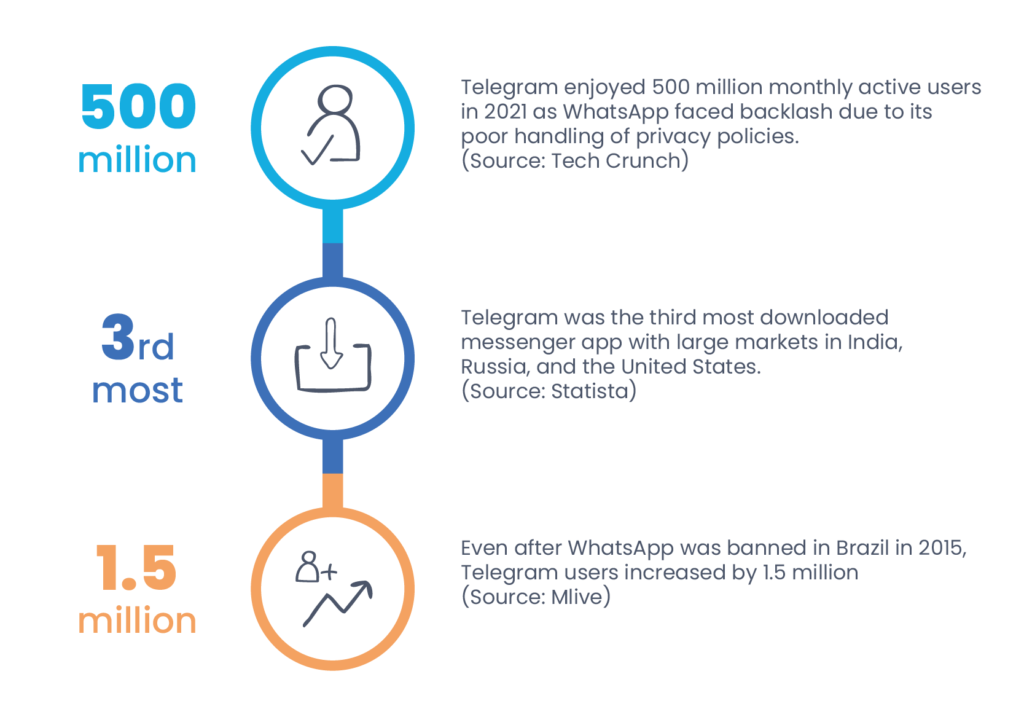
The true power of Telegram lies in its ability to integrate with a CRM. Originally CRMs were designed for email interactions but gradually it evolved to integrate with instant messaging platforms, enabling a more efficient way to connect with customers.
A Telegram and CRM integration allows your agents to centralize, organize, and optimize communications. You can improve your customer service, and increase sales opportunities, with such a combination.
Let’s understand more about Telegram and CRM integration from Vtiger’s perspective:
Enhance customer experience by integrating Telegram Bot in Vtiger CRM
Let me circle back to the point I discussed at the beginning of the blog about a scenario where you overlooked an important Telegram message from a customer as you were not active on that platform. With a robust CRM integration, you will not face such problems as all important communication can be made accessible via a single window instead of toggling between different applications. This way you can foster effective conversations and make way for better engagement.
In addition to improving customer experience, you can also maximize team output and productivity with Vtiger Telegram integration by:
Linking your Telegram with Vtiger CRM using Bot Tokens
Bring together all customer communications, inquiries, and feedback from Telegram into a single, unified platform. For that, you should create a new bot with Bot Father and retrieve the bot token. All your support data will get synced to your CRM system once the token is added to the Telegram module. Access the information at the time of need seamlessly.
Receiving incoming messages directly from Telegram
You can address customer requests coming from Telegram without logging into the application. Plus, by assigning a unique username to your bot, customers can easily find and interact with you on Telegram without requiring your personal details such as email address or phone number.
Sending messages from Vtiger CRM modules
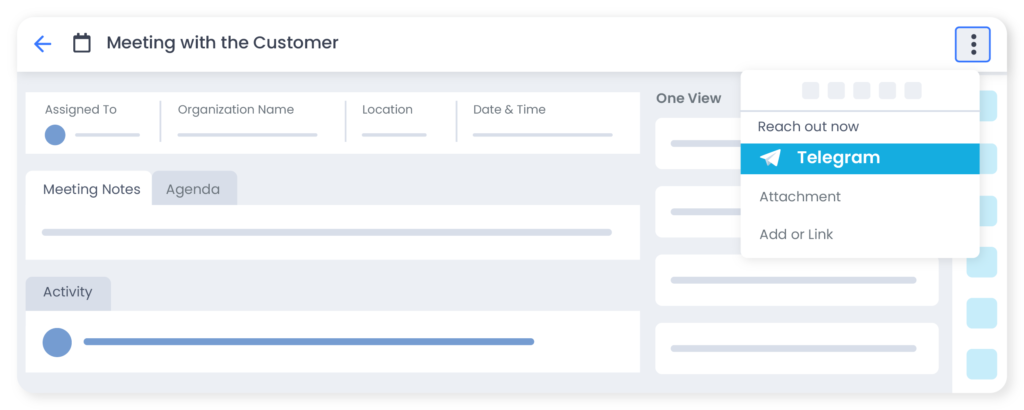
Respond to your Telegram users directly from different modules such as Live Chats and Contacts. You can share important updates about product releases, inform about webinars/conferences, etc., through the CRM itself, making way for conversation through diverse mediums.
Creating a contact record
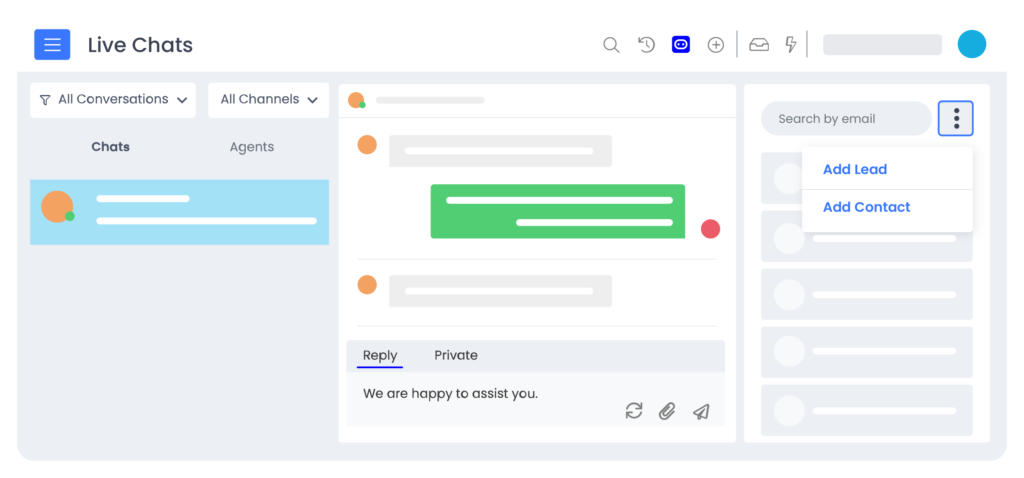
Create a new lead record from the Live Chats module while having the conversation or let the system automatically create the record if you happen to forget to log it manually. It will save your valuable time without a doubt.
Accessing conversation history in multiple locations
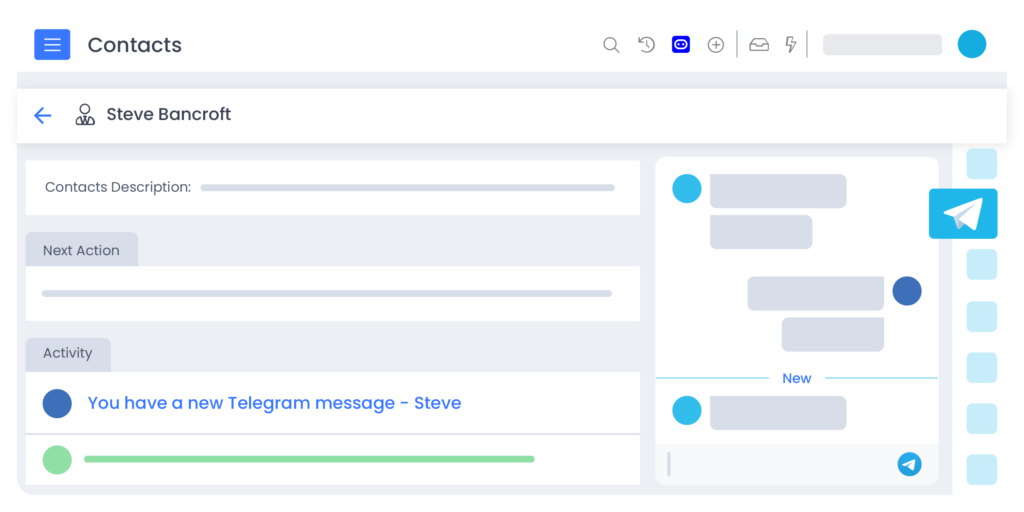
Your customer claims that you did not share the invoice on March 4 through Telegram. To confirm whether the invoice was shared via Telegram, you can easily check previous chat logs on the Live Chats module or the contact summary. Stay connected with your customers on the go.
Future Trends in CRM and Telegram Integration
In the not-so-distant future, you may expect enhancements like the integration of sentiment analysis tools in Telegram chats to better understand customer emotions or behavior. This will be beneficial to craft responses accordingly. It may become a popular lead-generation tool, predict customer needs, and suggest proactive solutions by looking at the chat history.
These are just a few possibilities that we may witness as the future is likely to be driven by AI advancements, Machine Learning, and a continued focus on optimizing customer experience.
